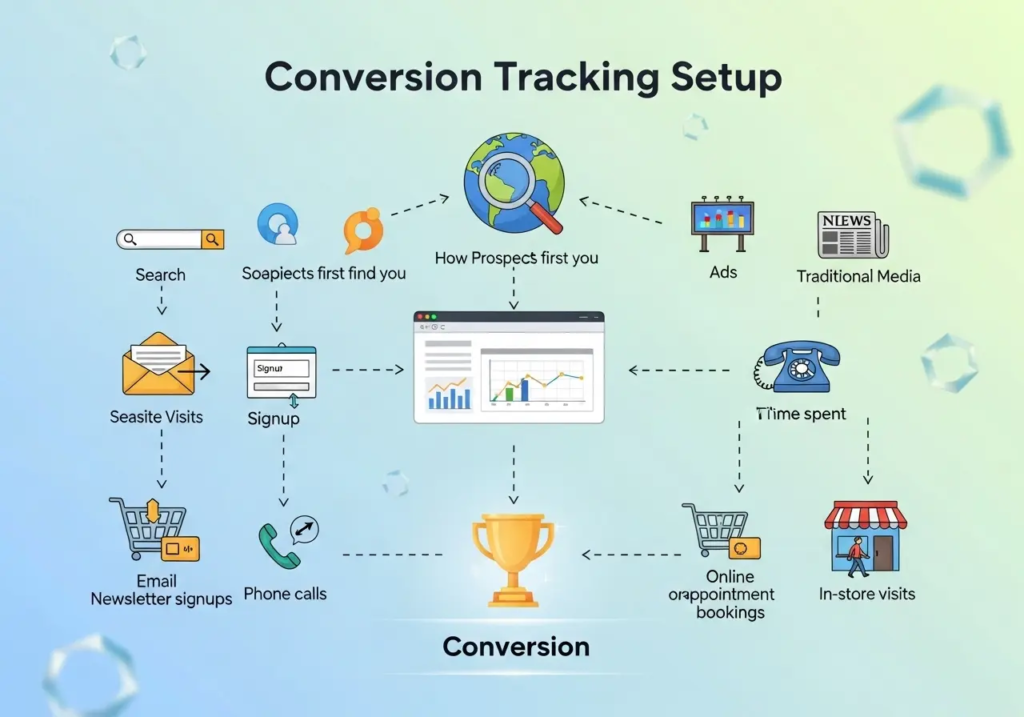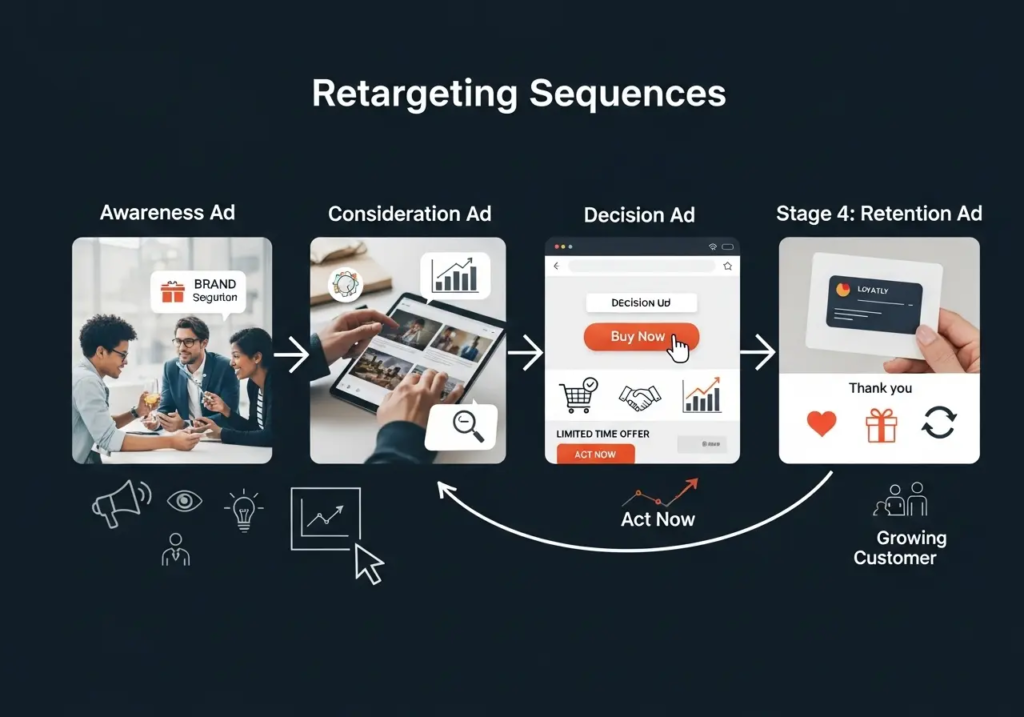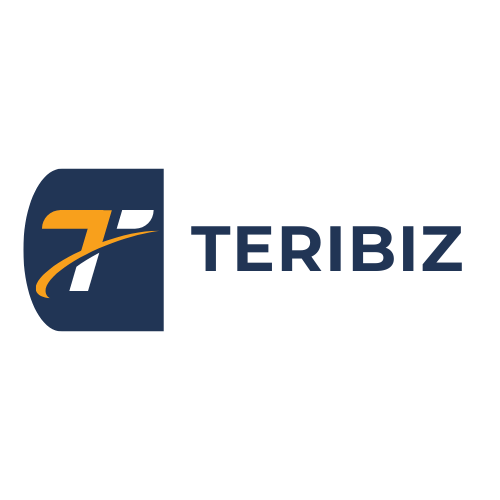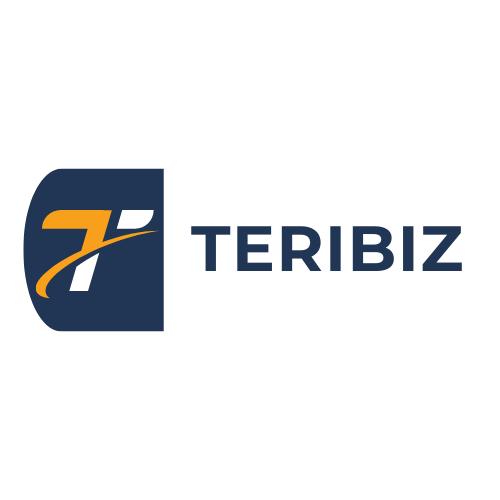Master social media ads management for small businesses. Get proven strategies, budgeting tips, and ROI tracking methods. Start growing today!

What is contained:
- Why Social Media Ads Management Matters for Small Businesses
- Common Social Media Ads Management Mistakes
- Essential Social Media Ads Management Strategies
- Budget-Friendly Social Media Ads Management
- Tools and Analytics for Better Performance
- Advanced Social Media Ads Management Techniques
- FAQ
Are you tired of throwing money at social media ads with little to show for it? You’re not alone. Many small business owners struggle with social media ad management, watching their budgets disappear while competitors seem to effortlessly attract customers online.
Here’s what you’ll walk away knowing: By the end of this guide, you’ll have a clear roadmap for managing social media ads that convert, specific strategies to maximize your limited budget, and practical tools to track what’s working (and what’s not).
The truth is, successful social media ads management isn’t about having the biggest budget. It’s about understanding your audience, choosing the right platforms, and optimizing based on real data. Let’s dive into the exact strategies that work for businesses like yours.
Why Social Media Ads Management Matters for Small Businesses
Small businesses face unique challenges in today’s digital landscape. Budget limitations are among the most common social media marketing problems, and oversaturation makes it tough to succeed on a limited budget. This is where strategic social media ads management becomes your competitive advantage.
Think of social media ads management as your digital storefront’s traffic director. Without proper management, you’re essentially putting up a billboard in the desert and hoping someone drives by. With it, you’re placing targeted messages directly in front of people actively looking for what you offer.
The real impact goes beyond just visibility:
Your potential customers spend over 2.5 hours daily on social media platforms. They’re scrolling through feeds, engaging with content, and making purchasing decisions. Smart social media ads management puts your business exactly where those decisions happen.
Consider Sarah, who runs a local bakery. She was spending $300 monthly on Facebook ads with zero strategy. Her ads reached everyone within 20 miles, regardless of interest in baked goods. After implementing proper social media ads management practices, she targeted engaged users within 10 miles who had shown interest in local food businesses. Her monthly revenue from social media increased by 180% without increasing her ad spend.
Common Social Media Ads Management Mistakes
Before we dive into what works, let’s address what doesn’t. These mistakes cost small businesses thousands of dollars annually, creating frustration that leads many to abandon social media advertising altogether.
Mistake #1: The Spray-and-Pray Approach
Many business owners create one ad and boost it to everyone. This approach fails because different audiences respond to different messages. Your loyal customers need different messaging than first-time visitors. Geographic location, age, interests, and buying stage influence ad effectiveness.
Mistake #2: Ignoring Platform Differences
Instagram users behave differently from LinkedIn users. Facebook audiences expect different content than TikTok viewers. Effective social media ads management means adapting your message and format for each platform’s unique culture and user expectations.
Mistake #3: Setting and Forgetting
Over-reliance on automation tools without human oversight leads to wasted spend. Social media algorithms change constantly. What worked last month might fail today. Successful ads require ongoing monitoring, testing, and adjustment.
Mistake #4: Focusing Only on Reach
Reach doesn’t pay bills. Conversions do. Many small business owners get excited about thousands of impressions while ignoring whether those impressions translate to website visits, email signups, or sales.
Mistake #5: Inadequate Budget Allocation
Spreading tiny budgets across multiple platforms and audiences dilutes effectiveness. It’s better to dominate one platform and audience segment than to be invisible everywhere.
Essential Social Media Ads Management Strategies
Now let’s get into the strategies that move the needle for small businesses. These aren’t theoretical concepts, they’re practical approaches you can implement starting today.
The One-Platform Mastery Approach
Instead of being mediocre on every platform, become exceptional on one. Choose the platform where your ideal customers spend the most time and where your content naturally fits.
For B2B services, LinkedIn often delivers better ROI than Facebook. For visual products, Instagram typically outperforms Twitter. For local services, Facebook’s local targeting remains unmatched.
Once you’re generating consistent results on one platform, consider expanding. This focused approach allows you to understand platform nuances deeply and optimize effectively.
Audience Layering for Better Targeting
Smart social media ads management involves building audience segments that stack like layers of an onion. Start with your core audience (people most likely to buy), then create lookalike audiences based on your best customers.
Here’s a practical example:
- Layer 1: People who visited your website in the last 30 days
- Layer 2: Friends of current customers (lookalike audience)
- Layer 3: Local users interested in your industry category
- Layer 4: Broad local audience for brand awareness
Test each layer separately to identify which delivers the best cost per conversion. Then allocate more budget to winning segments.
The 70-20-10 Budget Rule
Allocate your social media ads management budget this way:
- 70% to proven, profitable campaigns
- 20% to promising tests and optimizations
- 10% to experimental new audiences or creative
This approach ensures steady revenue while allowing room for growth and discovery. Many small businesses do the opposite, constantly chasing new tactics while neglecting what already works.
Creative Rotation System
Ad fatigue happens faster than most business owners realize. Even successful ads lose effectiveness after 2-3 weeks as audiences become familiar with them.
Develop a content calendar that rotates ad creatives every 14 days. This doesn’t mean completely new campaigns often, changing the image, headline, or call-to-action refreshes performance significantly.
Conversion Tracking Setup
You can’t manage what you don’t measure. Proper social media ads management requires tracking both clicks and actual business outcomes.
Set up tracking for:
- Website visits and time spent
- Email newsletter signups
- Phone calls (if applicable)
- Online purchases or appointment bookings
- In-store visits (for local businesses)

Most platforms offer pixel tracking that connects ad views to website actions. This data becomes the foundation for optimization decisions.
Budget-Friendly Social Media Ads Management
Limited budgets don’t have to mean limited results. Smart social media ads management can deliver impressive ROI even with modest spending. The key is maximizing every dollar through strategic choices and careful optimization.
Start with Organic Content That Works
Before spending money on ads, identify your best-performing organic posts from the last 90 days. These posts have already proven to resonate with your audience. Turn these into paid ads to amplify proven content rather than guessing what might work.
Look for organic posts with high engagement rates, meaningful comments, and shares. These indicators suggest content that will perform well with paid promotion.
The $5 Daily Rule
Many small businesses need hundreds of dollars for effective social media ad management. Not true. Start with $5 daily ($150 monthly), focused on one specific audience and objective.
This budget allows platforms to optimize delivery and provides enough data to make informed decisions. Once you achieve profitable results, gradually increase spending on winning campaigns.
Geographic Targeting for Local Businesses
Local businesses have a significant advantage in social media ads management – geographic targeting dramatically reduces costs while increasing relevance.
Instead of targeting your entire city, focus on specific neighborhoods or zip codes where your ideal customers live and work. This precision targeting often reduces cost-per-click by 40-60% while improving conversion rates.
Dayparting for Better ROI
Don’t run ads 24/7 unless you have data proving it’s profitable. Most small businesses see better results advertising during specific hours when their audience is most active and likely to take action.
Analyze your website traffic and social media engagement to identify peak hours. Then concentrate your ad spending during these windows for maximum impact.
User-Generated Content Strategy
Customer testimonials, reviews, and photos cost nothing to acquire but often outperform expensive professional creative. Encourage happy customers to share their experiences and turn these authentic stories into powerful ad content.

User-generated content builds trust while reducing creative costs, a win-win for budget-conscious social media ads management.
Tools and Analytics for Better Performance
Effective social media ads management relies on data-driven decision-making. The right tools help you understand what’s working, identify improvement opportunities, and scale successful campaigns.
Essential Free Tools
Facebook Ads Manager remains the gold standard for campaign management, even if you’re advertising on Instagram or other Meta platforms. Its reporting features provide detailed insights into audience behavior, ad performance, and conversion tracking.
Google Analytics connects social media traffic to website behavior and conversions. Set up UTM tracking codes for each campaign to see which ads drive the most valuable website visitors.
Platform-specific analytics on each social network provide unique insights. LinkedIn Campaign Manager excels at B2B metrics, while Instagram Insights reveals content preferences and optimal posting times.
Budget-Friendly Paid Tools
Hootsuite or Buffer streamlines content scheduling and provides basic analytics across multiple platforms. Their reporting features help identify top-performing content for ad promotion.
Canva Pro offers professional-quality graphics, video editing, and brand templates. Consistent visual branding improves ad recognition and trust.
Google Data Studio creates custom dashboards combining data from multiple sources. Track website traffic, social media performance, and sales data comprehensively.
Key Metrics That Actually Matter
Focus on metrics tied directly to business outcomes:
Cost Per Conversion: How much you spend to generate each desired action (sale, signup, phone call).
Return on Ad Spend (ROAS): Revenue generated divided by advertising cost. A 3:1 ROAS means you earn $3 for every $1 spent.
Customer Lifetime Value (CLV): How much revenue each customer generates over time. This metric helps determine how much you can afford to spend on acquiring new customers.
Click-Through Rate (CTR): Percentage of people who see your ad and click. Low CTR indicates poor targeting or weak creative.
Engagement Rate: Comments, shares, and saves relative to impressions. High engagement suggests content resonates with your audience.
Monthly Reporting Routine
Establish a monthly review process for your social media ads management:
- Week 1: Export performance data from all platforms.
- Week 2: Identify top and bottom-performing campaigns
Week 3: Analyze audience insights and demographic data. - Week 4: Plan next month’s campaigns based on findings
This systematic approach ensures continuous improvement and prevents costly mistakes from going unnoticed.
Advanced Social Media Ads Management Techniques
Once you’ve mastered the basics, these advanced strategies can significantly boost your results and competitive advantage.
Retargeting Sequences for Maximum Conversions
Most customers need multiple touchpoints before purchasing. Smart social media ads management includes retargeting sequences that nurture prospects through the buying journey.

Create a sequence like this:
- Awareness Ad: Introduce your business to new audiences
- Consideration Ad (Day 3-7): Target people who engaged with awareness ads, focusing on benefits and social proof
- Decision Ad (Day 8-14): Show specific offers or incentives to people who visited your website
- Retention Ad (Day 30+): Re-engage past customers with new products or services
Dynamic Product Ads for E-commerce
If you sell products online, dynamic ads automatically show relevant items to people who viewed them on your website. These ads deliver 3-5x higher conversion rates than static ads because they’re perfectly personalized.
Set up your product catalog once, and the platform automatically handles creative generation and audience targeting.
Lookalike Audience Optimization
Basic lookalike audiences use your entire customer list. Advanced social media ads management creates multiple lookalike audiences based on customer segments:
- Lookalikes of the highest-value customers
- Lookalikes of recent purchasers
- Lookalikes of customers who refer others
- Lookalikes of customers from specific geographic areas
Test these segments separately to identify which produces the best results, then allocate more budget accordingly.
Cross-Platform Attribution
Customers often discover you on one platform but convert on another. Advanced attribution tracking reveals these cross-platform customer journeys, helping you allocate budget more effectively.
Use tools like Facebook Attribution or Google Analytics Multi-Channel Funnels to understand how different platforms work together in your sales process.
Seasonal Campaign Planning
Plan your social media ads management calendar around industry-specific seasons and events. Start planning major campaigns 8-12 weeks to secure better ad inventory and lower costs.
Create templates for recurring seasonal campaigns, then customize messaging and creative for current year trends and offerings.
FAQ
Q: How much should I spend on monthly management of social media ads? A: Start with 5-10% of your monthly marketing budget or $150-300 for small businesses. Focus on one platform initially, then scale successful campaigns. The key is consistent spending over time rather than large, sporadic investments.
Q: Which social media platform delivers the best ROI for small businesses? A: It depends on your industry and audience. B2B services often see better results on LinkedIn, visual products perform well on Instagram, and local services succeed on Facebook. Test one platform thoroughly before expanding to others.
Q: How long should I test an ad before determining its success? A: Allow 7-14 days for initial testing with at least 1,000 impressions and 50-100 clicks. However, seasonal businesses or those with longer sales cycles may need 30+ days for accurate assessment.
Q: Can I manage social media ads or hire a professional? A: Start managing ads yourself to understand your audience and business needs. Once you’re spending $1,000+ monthly or managing multiple platforms, consider professional help. Many small businesses successfully manage their own campaigns with proper education and tools.
Q: What’s the biggest mistake in social media ads management? A: Not tracking conversions properly. Many businesses optimize for clicks or impressions instead of actual sales or leads. Set up conversion tracking from day one to measure what truly matters for your business.
Q: How often should I change my ad creative? A: Rotate ad creative every 2-3 weeks to prevent ad fatigue. However, if an ad performs exceptionally well, keep running it until performance declines. Create 3-4 variations of successful ads to maintain performance while providing variety.
Ready to Transform Your Social Media Advertising?
Social media ads management doesn’t have to be overwhelming or expensive. Start with one platform, focus on your ideal customers, and optimize based on real conversion data rather than vanity metrics.
The small businesses succeeding with social media advertising aren’t necessarily the ones with the biggest budgets, they’re the ones with the smartest strategies and most consistent execution.
Ready to get started? Download our free Social Media Ads Management Toolkit with campaign planning templates, audience targeting worksheets, and performance tracking spreadsheets. Everything you need to launch your first profitable campaign is waiting for you. Get Your Free Toolkit Here: Start building ads that grow your business today.

